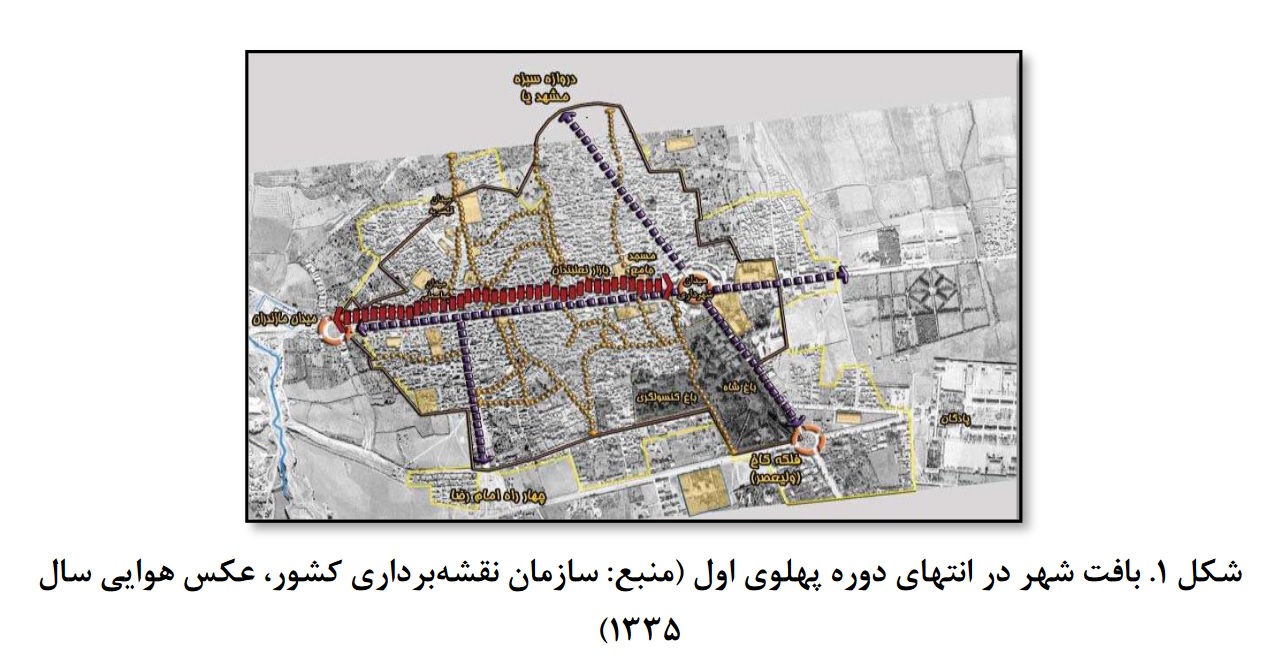The Cultural, Social, and Urban Impacts of Establishing and Founding Baladiyeh in the First Pahlavi Era in the Astarabad Region
Keywords:
Baladiyeh, Pahlavi, Astarabad, Social TransformationsAbstract
Astarabad, known today as Gorgan, emerged as a military fortress in northern Iran during the Sasanian era and has always been recognized as one of the important cities and centers in northern Iran. The settlement of various ethnic groups, including Persian, Turkmen, Turk, Kurd, Baluch, Sistani, Kazakh, Khorasani, etc., who gradually migrated to this region, created a mosaic of ethnicities, leading to mutual influence of different cultures and traditions on one another, turning this region into a microcosm of Iran. In the late Qajar period, the Constitutional Revolution had a profound and rapid impact on this region as a fundamental movement. The general discontent of the local population with the behavior of the Qajar Khans in Astarabad, given the settlement of some of the nobility of this dynasty in this area, as well as the presence and influence of scholars and intellectuals in society, were among the main reasons for intensifying the effectiveness of the aforementioned movement. In these circumstances, the modernist policies and reformist tendencies of the First Pahlavi, and consequently the implementation of the Baladiyeh law in Astarabad, like other cities, led to not only an alteration in the urban landscape and the establishment of infrastructural developments but also deep social and cultural changes and transformations in the behavior of people, especially the middle class in Astarabad.
Downloads








